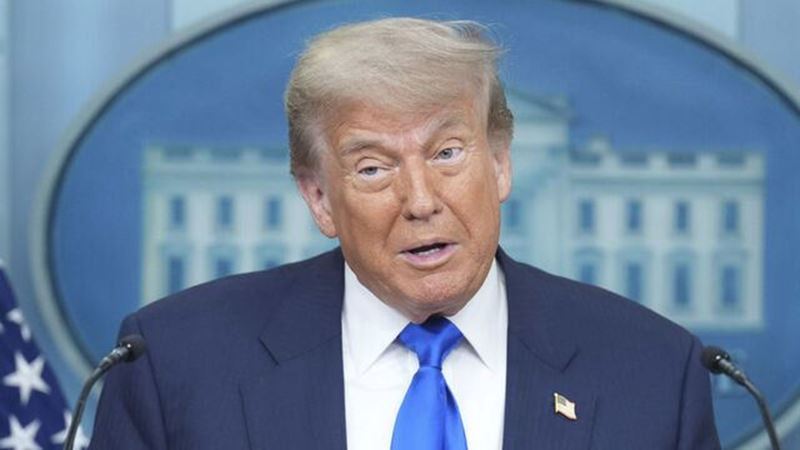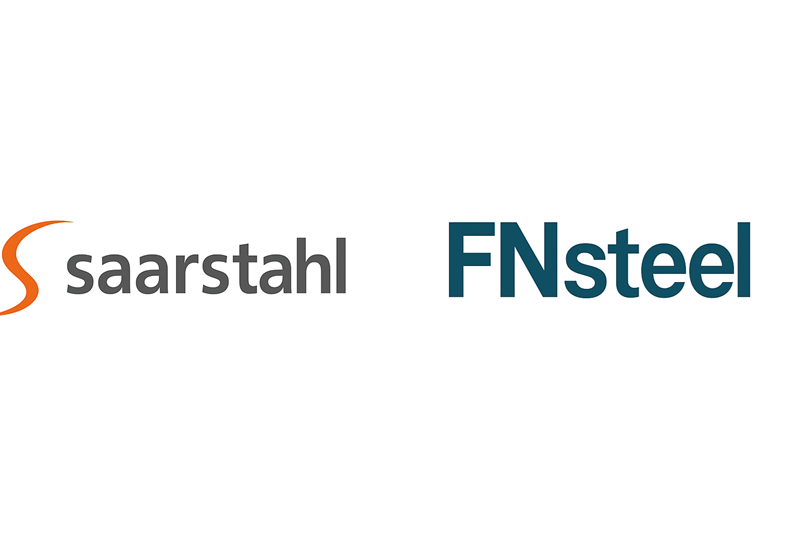The new tariff rates announced by the White House on the week of July 7 will take effect on August 1.
While the Trump administration made changes to the rates previously announced on April 2 for some countries, the 50% tariff decision for Brazil in particular drew attention. The new rates signal that the US has entered a more aggressive phase in its global trade policy.
New Tariff Rates by Country
| Trade Partner | Rate Announced in July | Rate Announced in April 2 |
|---|---|---|
| Philippines | %20 | %17 |
| Brunei | %25 | %24 |
| Moldova | %25 | %31 |
| Japan | %25 | %24 |
| South Korea | %25 | %25 |
| Malaysia | %25 | %24 |
| Kazakhstan | %25 | %27 |
| Tunisia | %25 | %28 |
| Sri Lanka | %30 | %44 |
| Iraq | %30 | %39 |
| Libya | %30 | %31 |
| Algeria | %30 | %30 |
| South Africa | %30 | %30 |
| Bosnia and Herzegovina | %30 | %35 |
| Indonesia | %32 | %32 |
| Serbia | %35 | %37 |
| Bangladesh | %35 | %37 |
| Thailand | %36 | %36 |
| Cambodia | %36 | %49 |
| Myanmar | %40 | %44 |
| Laos | %40 | %48 |
| Brazil | %50 | %10 |
With the new tariffs announced, it is noteworthy that the harshest increase is applied to Brazil. The tariffs on Brazilian imports were increased five-fold, from 10% to 50%.
While Trump's move is justified by the US claim to protect national security and ensure a fair trade environment, it has the potential to create tension in trade relations with many countries.
📌 Source: White House / Yahoo Finance
While Trump's move is justified by the US claim to protect national security and ensure a fair trade environment, it has the potential to create tension in trade relations with many countries.
📌 Source: White House / Yahoo Finance









Comments
No comment yet.